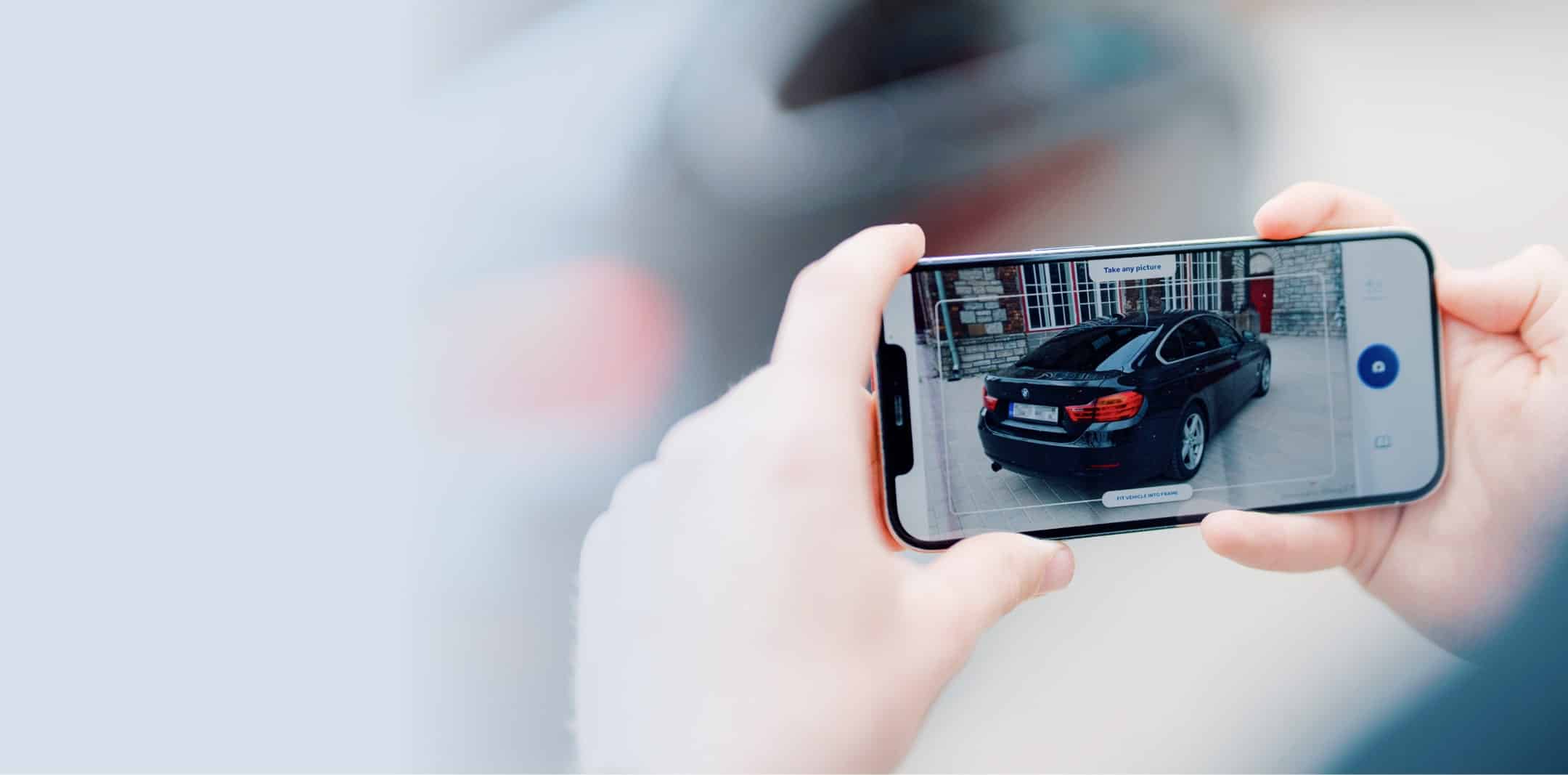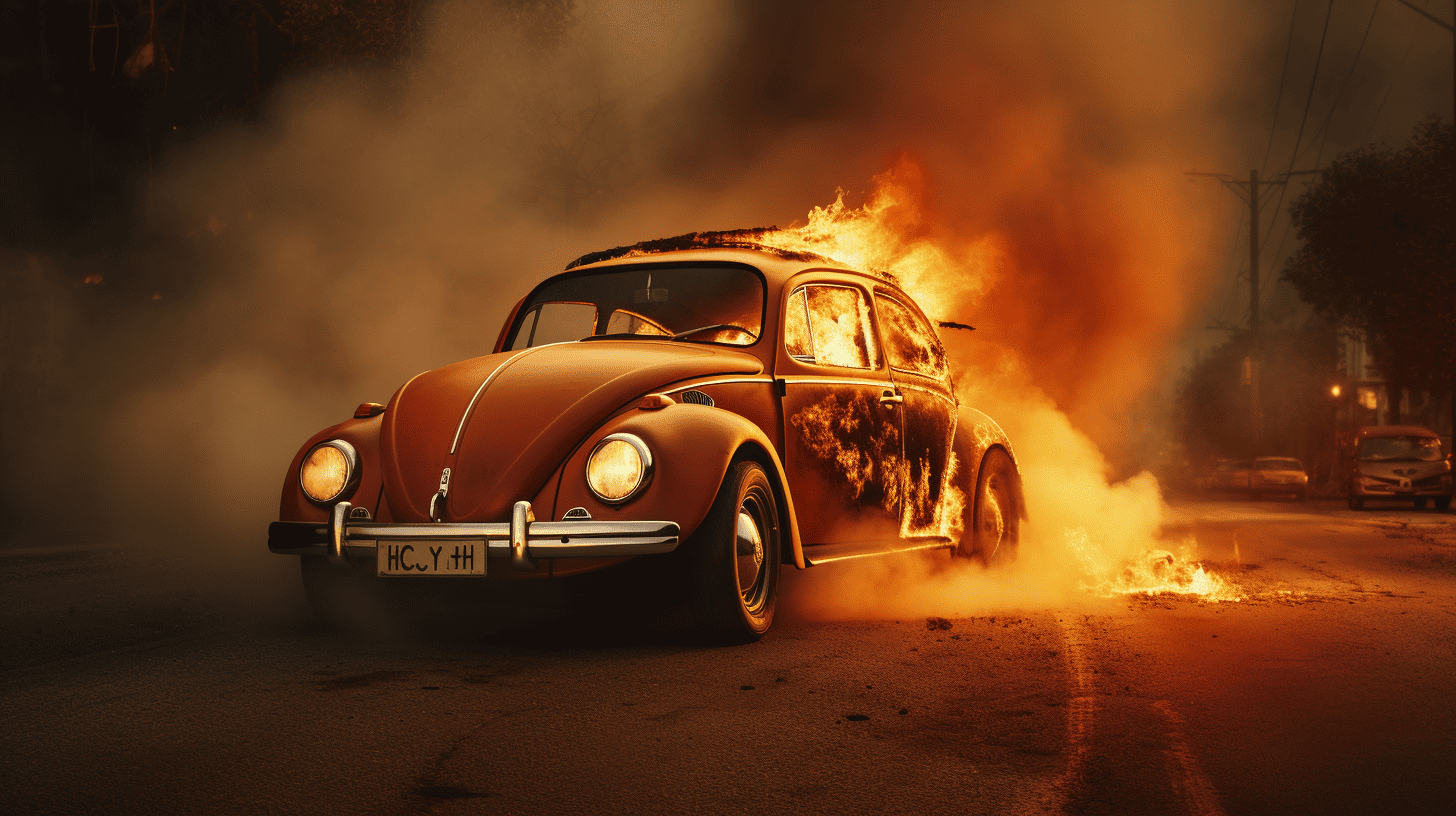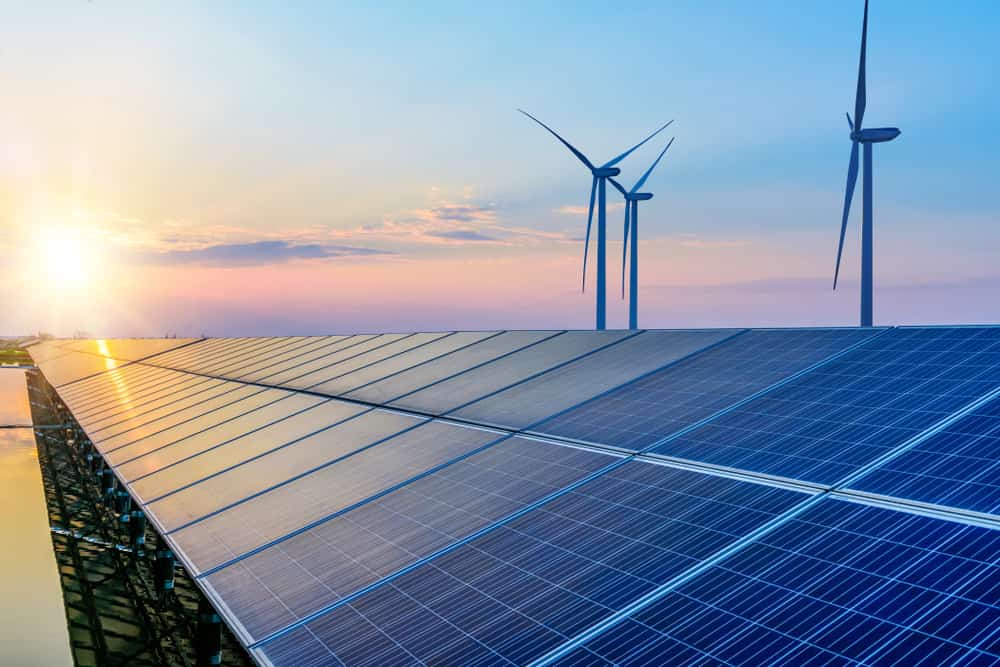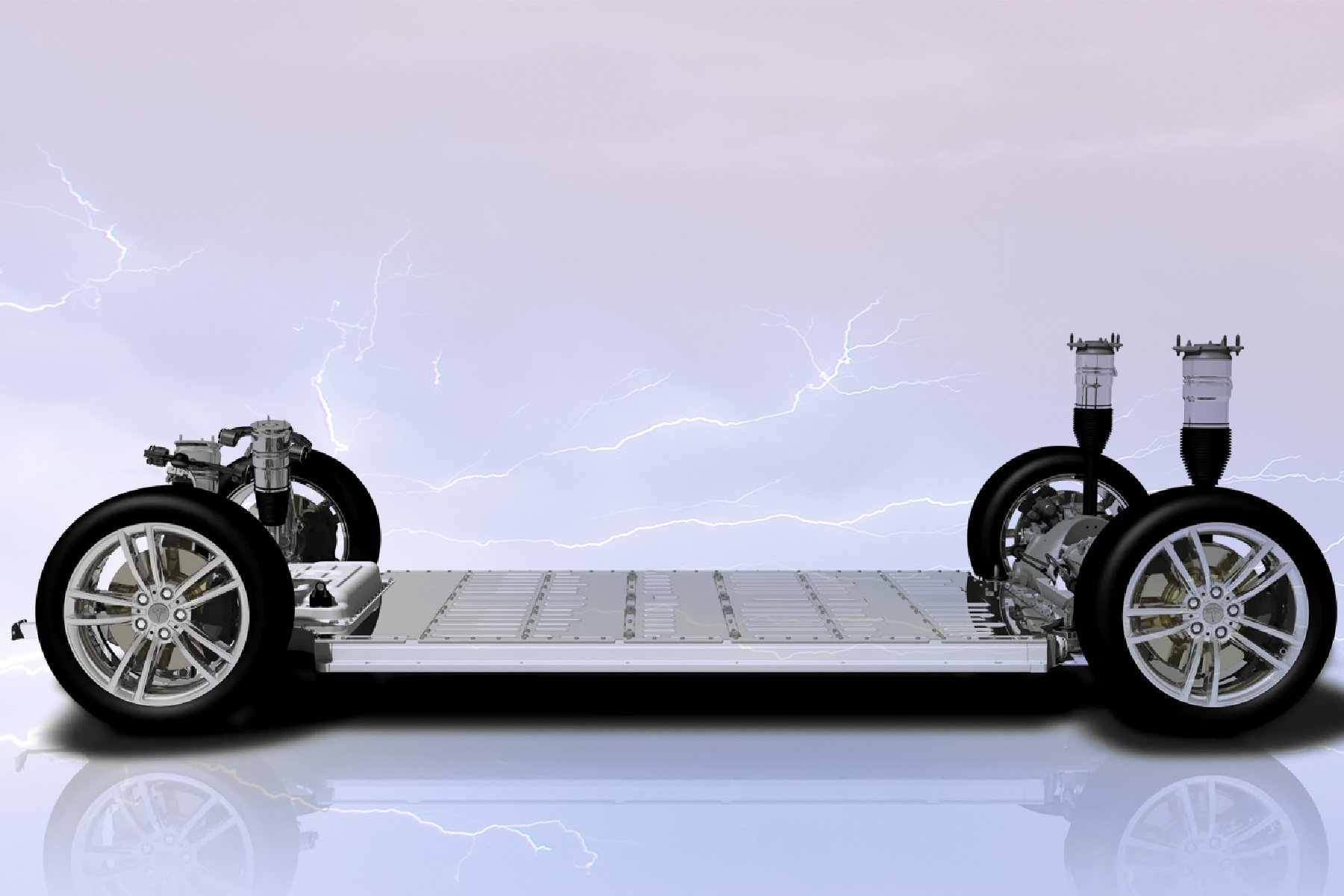
All around the world, initiatives are arising to make cities smarter, more accessible and at the same time more sustainable. Eindhoven doesn’t seem to lead in this type of “Quality of Life” and that is the reason for E52 to dive into this topic in the run-up to the municipal elections of March 2018. What are the backgrounds, what is achievable, what is minimally necessary, where are the solutions? Today, Merien ten Houten – founder of E52 and Amber Mobility – shares his vision. Comments are welcome, both under this article and in separate contributions.
Eindhoven, as a city, has a love-hate relationship with the car. It was entirely created as a car city in the 50s and 60s. With the Kennedylaan, like a sort of highway bringing you straight into the center. Modern. Because being ahead has always been the power of Eindhoven.
The car isn’t gratifying
But we’ve now found out that the car is not gratifying. Cars come with pollution and unsafety. They take up a lot of space. Motorists are also a special kind of people. People really change when they get behind the wheel. They think they have more rights, which makes the car even more dominant in the city. It’s time to really think differently about mobility in Eindhoven.
To keep transport, safety and livability in order, choices need to be made. Choices that aren’t being made right now. In Eindhoven, the Vestdijk isn’t closed for cars. It’s only being made more difficult. Which results in more searching traffic and therefore more frustrated motorists. The car needs to be able to go everywhere, and there must be room for cyclists and pedestrians everywhere. There’s no real choice anywhere. So it isn’t really safe for children and youth to cycle anywhere and the car can’t drive straight through anywhere. A lot of stopping and accelerating causes a lot of extra pollution. Especially now that there are still a lot of cars driving on petrol and diesel.
It is now arranged without a plan but based on polders. Not really good anywhere, but a little bit to everyone’s liking. But this is Eindhoven, we don’t live in the polder. If we want to make way for the car, bike and pedestrian, if we want to improve livability, we will have to make a decision.
We can’t keep poldering. By not deciding, it doesn’t work for the pedestrian, cyclist, and motorist.,

My proposal: restrict the car inside the ring road. Actually, only destination traffic may enter the ring road. And because the car crawls where it can’t go, the area needs to be physically blocked. Posts with number plate identification that prevent traffic without destination from going into the center.
Of course, there are a number of big parking garages and companies that need to be accessible. Some roads will remain, but cut-through traffic will be made impossible. Some roads won’t have posts, but will be clearly marked as a dead end. That way companies and shops remain accessible. But the choice for the motorists gets limited. Less choice means less searching and so a better flow.
But what about visitors, my grandmother, emergency services? Those are the first questions you hear when you propose to really arrange things differently. ‘With an app!’ is the far too easy answer. The posts are mostly psychological. They’re there to prevent people who don’t live in the neighborhoods of Eindhoven from driving through them. To prevent searching traffic. Smart posts with smart number plate identification can be connected to an app. Give every inhabitant the possibility to temporarily give a number plate access. Just enter the number plate and visitors can come by. Parking costs for the visit are directly met in the same way, which saves parking meters. Of course, such a system can be abused. But the effect is that you can only deliberately drive into the residential areas inside the ring road.
Cut-through traffic
Clarity about where cars are welcome and where they are not welcome will make the traffic situation in Eindhoven much calmer and more enjoyable for all road users, also for motorists. In the beginning, this solution will seem rigorous. But it’s not very new. The TU/e site is already closed by barriers, and they’re working on the green carpet. The choice for green above cars.
Something that is similar to this system works successfully on the High Tech Campus. Cars are welcome on a limited number of roads that lead to the big parking garages. A large part of the campus is for pedestrians and cyclists.
We can take this step. If we take it, it will become clear how much more pleasant the climate in the center will be. How much less parking space is needed. How much space for greenery and recreation comes with it.








